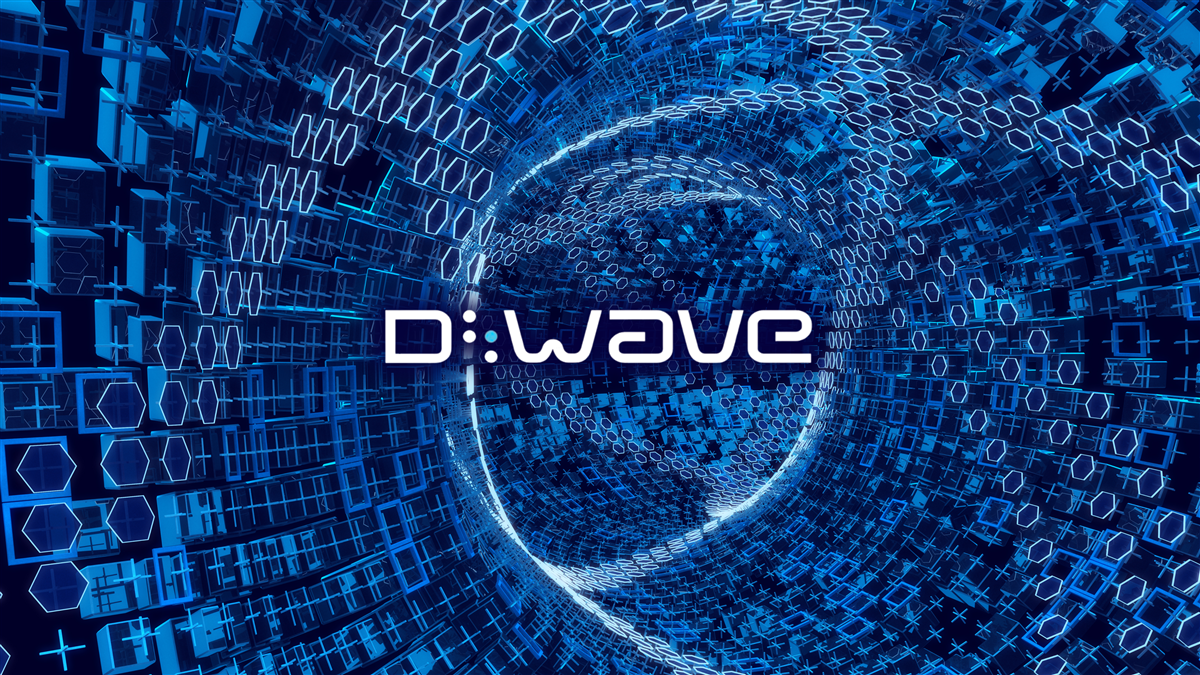Hello, Thanks for signing up for MarketBeat Daily Ratings—we’re excited to have you on board. Every weekday, you’ll get a curated summary of new “Buy” and “Sell” ratings from Wall Street’s top-rated analysts, the latest stock news, and bonus investing content—all delivered straight to your inbox. You’re just two quick steps away from completing your sign-up: 1. Make sure our emails go to your inbox Gmail users:
Mobile: Tap the three dots (…) in the top right and select Move to Inbox or Move to Primary
Desktop: Click the folder icon at the top and select Move to Inbox or Primary Apple Mail users:
Tap our email address at the top (next to From: on mobile), then select Add to VIP Other providers:
Reply to this message and add newsletters@analystratings.net to your contacts 2. Confirm your subscription Click this link to confirm your subscription. This verifies your account and ensures you receive your newsletters without interruption instead of getting stuck in your spam filter. Confirm your subscription here. After you confirm, feel free to download our popular free report, "7 Stocks to Buy and Hold Forever" with this link. Thanks again for subscribing—we look forward to being part of your investing journey. 
Matthew Paulson
Founder and CEO, MarketBeat. P.S. If you didn’t mean to subscribe, no problem—you can unsubscribe here.
For Your Education and Enjoyment D-Wave: Reevaluating the Short Seller's Case After the DowngradeWritten by Nathan Reiff. Published 10/13/2025. 
Key Points - D-Wave Quantum has returned roughly 3,200% in the last year, as the quantum industry more broadly has skyrocketed.
- With investors having difficulty assessing the differences between companies in the space, successes across the industry tend to lead to gains for everyone.
- However, there is a short seller case to be made against QBTS shares, although the company's technological advances may undercut a key concern about D-Wave's prospects.
Like much of the quantum computing industry, D-Wave Quantum Inc. (NYSE: QBTS) has recently been on a high-flying ride. Shares have surged more than 243% year-to-date (YTD) and nearly doubled in the last month alone. Those gains are modest compared with the stock's rally of almost 3,200% over the past year. With an eye-popping price/sales ratio of 1,279.8, D-Wave has become one of the most-hyped stocks available to investors. The question across Wall Street and among retail investors is how much D-Wave's fundamentals actually support that extraordinary performance. Earlier this year, prominent short seller Kerrisdale Capital led a campaign against D-Wave, giving critics fodder to question the company's commercial and technological potential. Several months—and roughly 200% more in returns—later, investors can still reasonably be concerned about D-Wave's commercial prospects, even as the company has strengthened its technological case. But the bigger challenge for investors may be the rally itself. Analysts across Wall Street generally expect QBTS shares to correct, and the surge likely contributed to a recent downgrade by Zacks. Answering the Question About Annealing's Potential Breadth One common critique is that D-Wave's quantum annealing technology has limited potential because it focuses primarily on optimization problems rather than offering a general-purpose quantum computing approach. D-Wave has sought to address that concern with announcements of projects aimed at developing gate-model technology, an alternative to annealing. That suggests the company is pursuing a more diversified technological strategy to avoid being boxed into a narrow niche relative to peers developing different quantum approaches. At the same time, investors outside the quantum industry may underestimate the commercial potential of a comparatively narrow technology like annealing. Its benefits are beginning to appear in real-world use cases. In recent months, D-Wave has announced partnerships with agricultural-software firm Verge Ag, Japan Tobacco, and North Wales Police in the U.K. Each partnership provides evidence of diverse applications for quantum annealing and of D-Wave's ability to meet client needs across industries. Commercialization Potential Remains Largely Untested Despite the technological progress, D-Wave's path to broad commercialization remains uncertain. In the most recent quarter, the company reported wider-than-expected losses per share, and adjusted EBITDA losses rose 44% year-over-year amid higher operating expenses. A bright spot was revenue growth, driven by a growing pipeline and sales of its Advantage2 quantum system. However, despite year-over-year revenue growth of about 42% for the quarter, total revenue is still very small in absolute terms—just over $3 million. The company has recorded some early commercial wins, but those results fall well short of what most investors would expect to justify the current valuation and momentum. That gap is where the short-seller case against QBTS gains traction: based on earnings and sales history, many view D-Wave as significantly overvalued. Analysts on average predict shares could fall by nearly 40%. D-Wave is hardly unique in experiencing a massive rally—rival Rigetti Computing (NASDAQ: RGTI) has climbed even more quickly, returning over 5,100% in the same period. Still, other players in the quantum space can be overvalued while posing a genuine competitive threat to D-Wave. Rigetti's recent contract with the U.S. Air Force Research Laboratory is one of several developments that increase pressure on QBTS and underscore the rapidly evolving competitive landscape. Because quantum-focused companies often move together and many investors struggle to distinguish between them, successes across the industry have helped push the entire group's prices higher. Over time, however, one or a few companies are likely to emerge as leaders. Investors now must decide whether D-Wave will be among them or whether it might fall by the wayside.
|
Post a Comment
Post a Comment